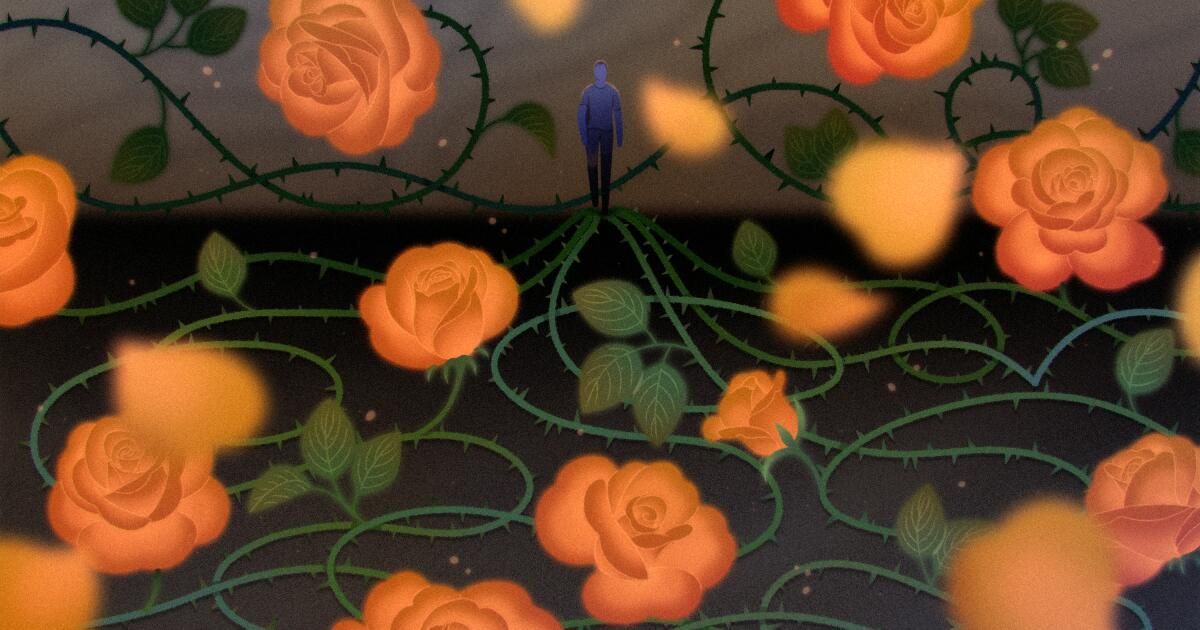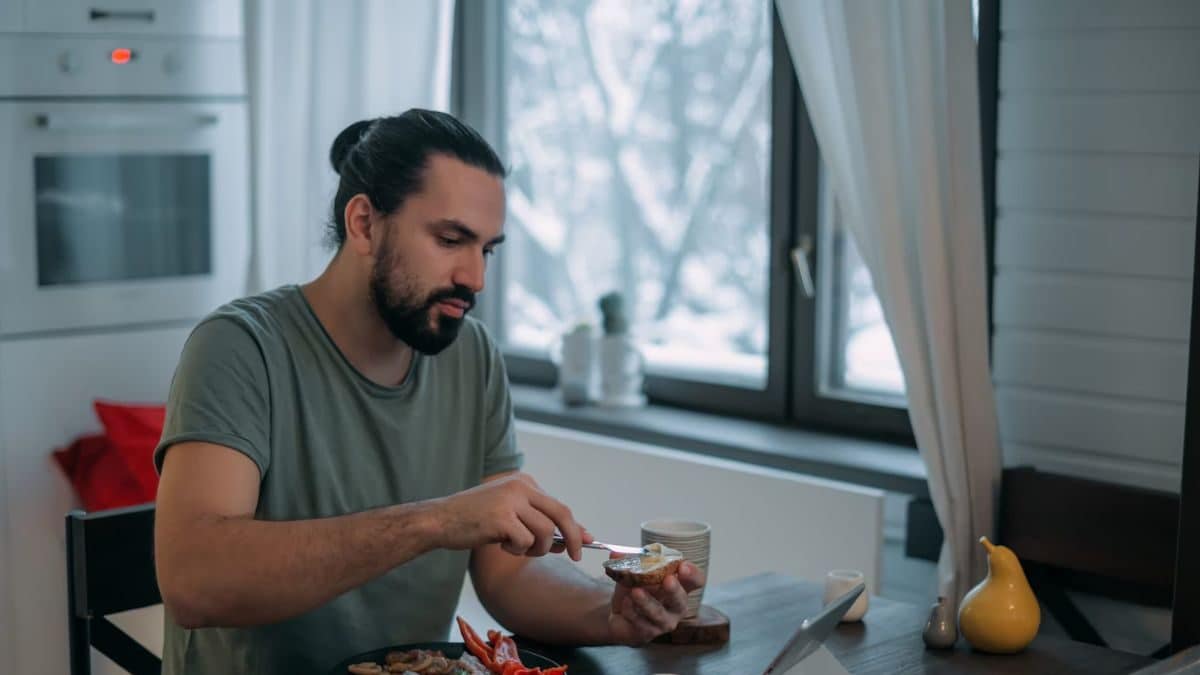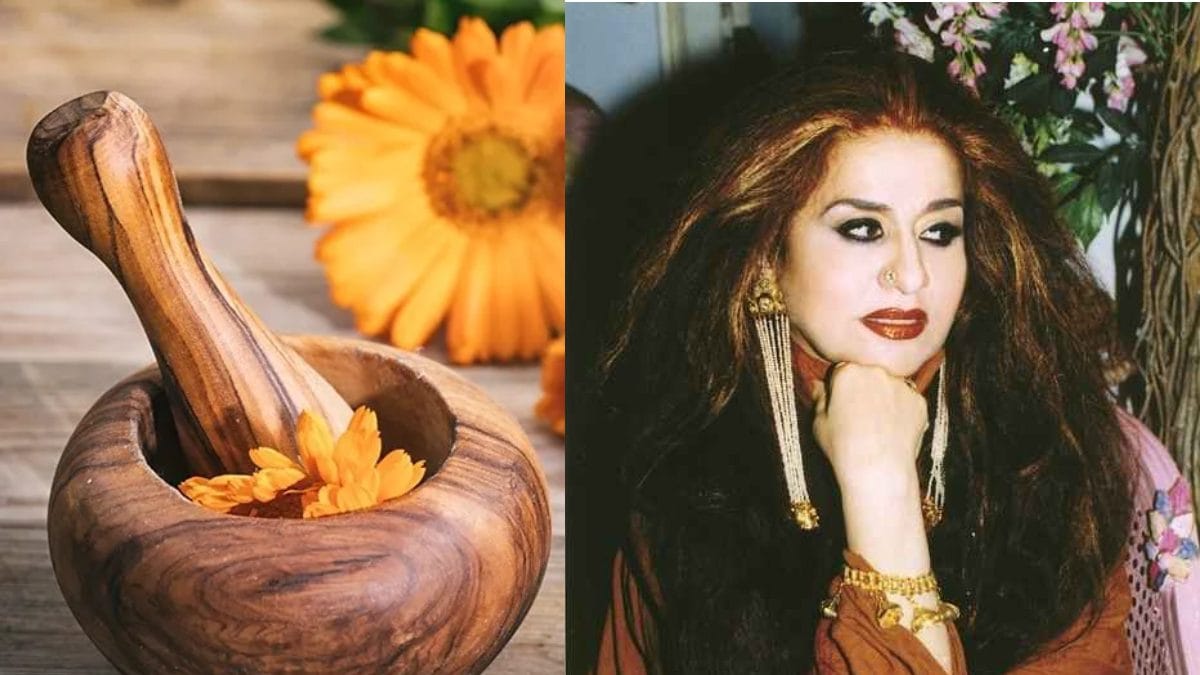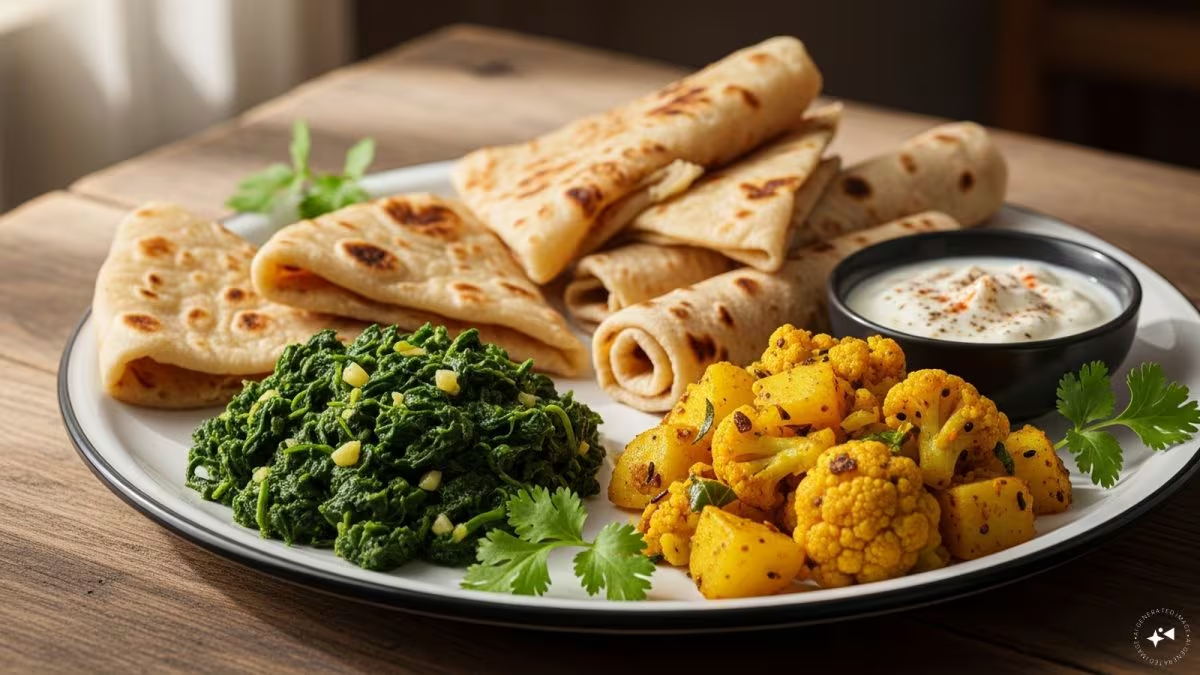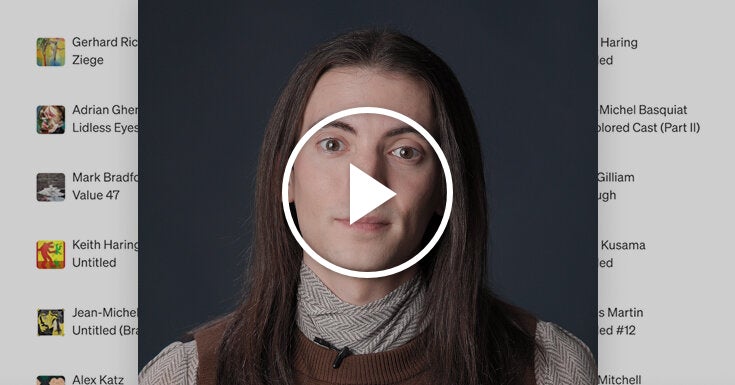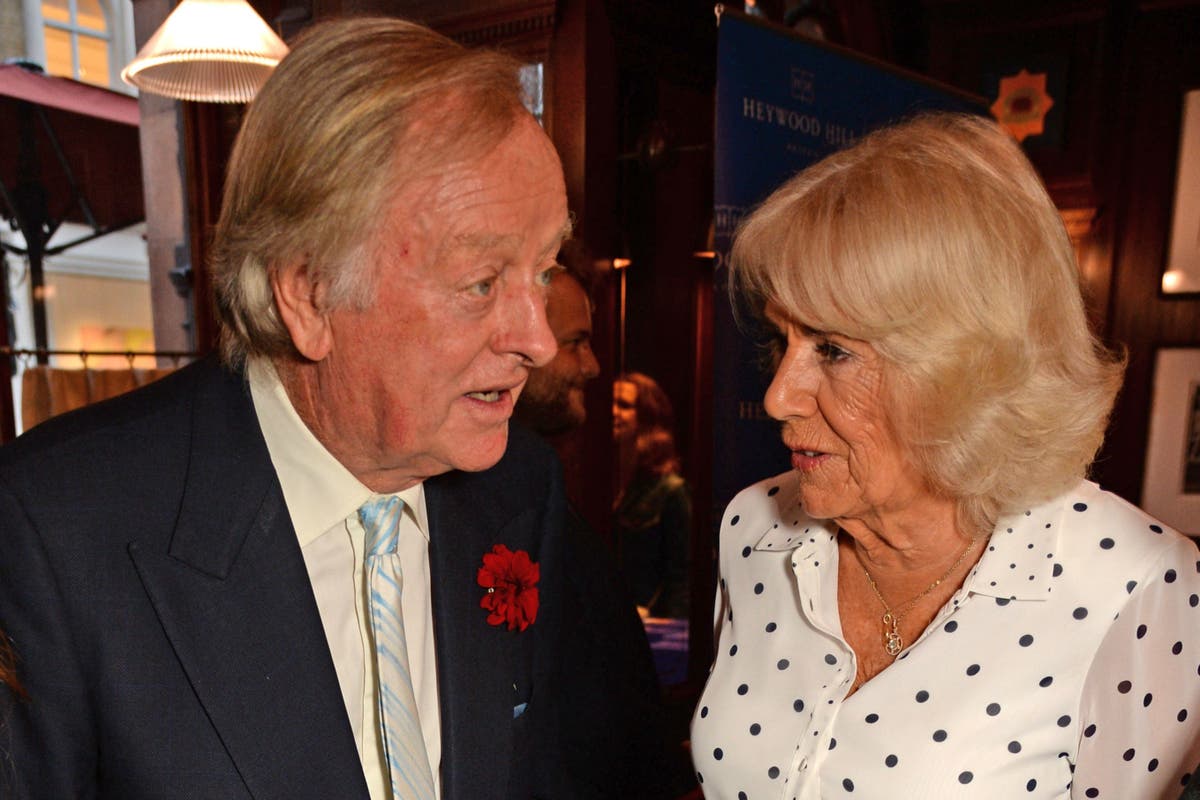When Cody Delistraty lost his mother in 2014, he was surprised by the various ways he, his brother, and his father coped with their grief. The journalist and speechwriter hoped that his family's experiences would be aligned, that there would be a “homogeneity in grief.” The differences led Delistraty to wonder if the loss was more complicated than advertised.
In the United States, grief is often presented as a journey from point A to point B, a linear path that efficiently moves through stages like denial and anger, eventually moving toward acceptance. But anyone who has experienced loss firsthand understands that it's not that simple. Grief can be isolating, confusing, and inflexible.

Shelf Help is a new wellness column where we interview researchers, thinkers and writers about their latest books, all with the goal of learning how to live a fuller life.
In 2022, a new addition to the DSM-5 (“Diagnostic and Statistical Manual of Mental Disorders”) caught Delistraty’s attention: prolonged grief disorder. It’s a rare condition in which grief becomes so severe that it interferes with daily life. The classification opens the door to medical solutions: pharmaceuticals are in the early stages of testing, and a host of new digital, psychedelic, and other treatments are emerging.
Delistraty's new book, “The grief cure: seeking the end of loss”, (Harper) continues her inquisitive display of available and future therapies, while wondering if grief is a problem that needs to be solved.
His understanding of grief was initially focused in a concept known as the five stages: denial, anger, bargaining, depression and acceptance. How did that change?
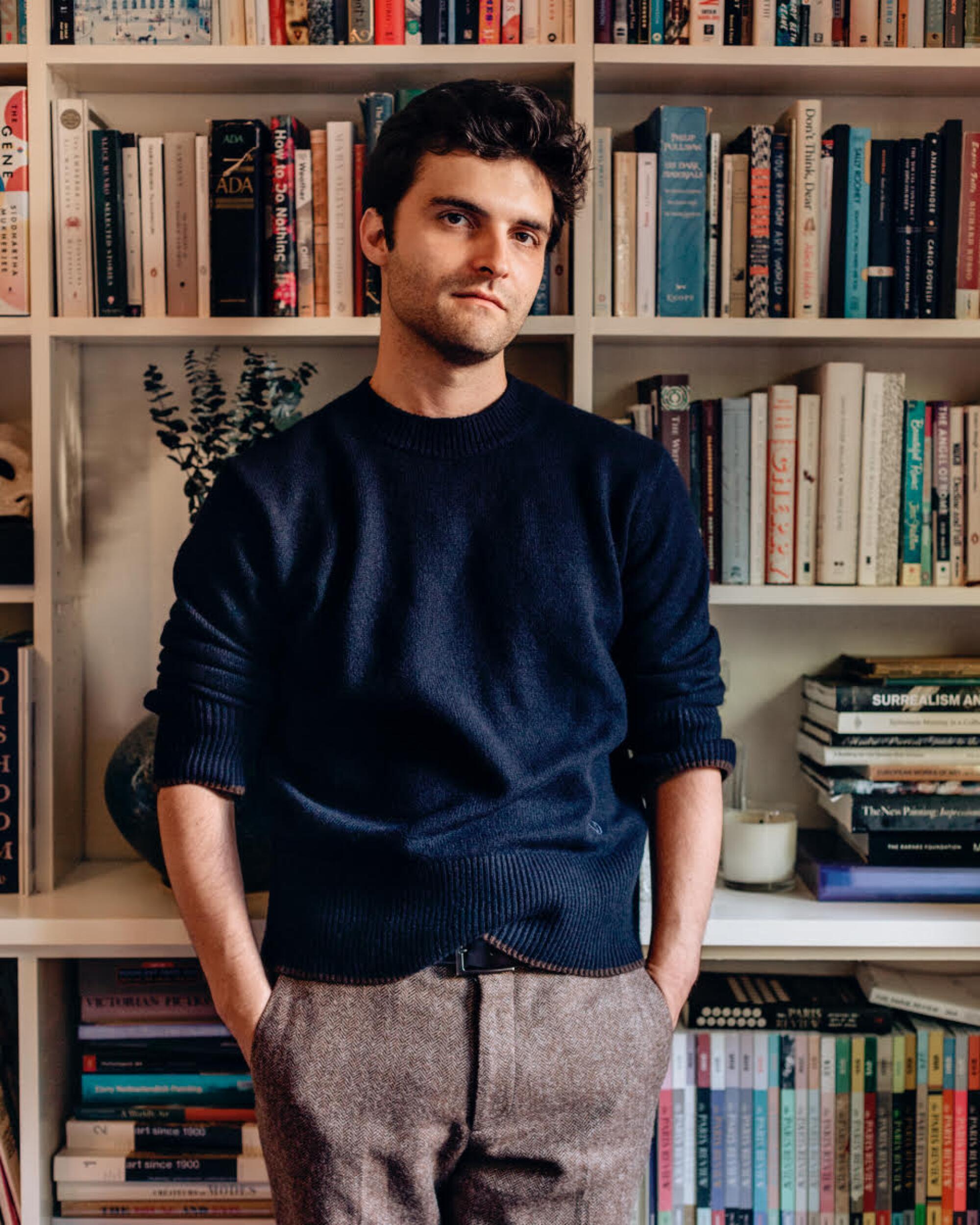
Cody Delistraty (Grace Ann Leadbeater)
When Elisabeth Kübler-Ross came up with the five stages, I was talking to patients who were coming to terms with their own death, not their own pain, which is similar but also very different. There was a study who tracked grievers from various demographic groups and found that most people actually experience a progression, but my problem with the typical interpretation of the five stages is that it is presented as the right way to grieve, that there is a method you can master and that the end game is acceptance.
America has a culture of individuality and mastery: we want to achieve, we want to excel, we want to start our path to success. But in pain, we only recoil from trying to do this. After a loss is a time to pause and reflect, and even if you go through these stages to some extent, trying to rush through them or extract courage to reach acceptance and move on is a fundamentally wrong way to look at it. .
“America has a culture of individuality and mastery: we want to achieve, we want to surpass, we want to start our path to success. But in pain, we only go backwards in trying to do this.”
—Cody Delistraty, author of “The Grief Cure.”
Your book confronts the isolation of grief and how it is often considered unseemly or inappropriate when done publicly. Grief is culturally framed as an individual journey, and yet it is a universal fact of life. What do you think this disconnection is due to?
This paradigm shift from public to private mourning is a relatively recent phenomenon. Americans, especially, are tired of talking or asking about losses. This is a symptom of the “happiness culture,” where pain is considered a burden and you don't want to appear unhappy or depress others. The disintegration of local communities compounds this. And then this false idea that closure marks a victory over pain. Keeping the pain private means you did your job. There is morally valuable willpower. You did it. You got over it.
I think self-care has been the problematic development of 21st century marketing, in which the most challenging aspects of being human, such as disappointment, sadness and pain, are left out of the frame. They are not within our consumer narrative and they are not within the way we want to present them to others.
What surprised me while researching is that it seems like people really want to talk about these things. When I was researching the book, I got tired of taking refuge in hotels, so I went to a bar and ended up talking to someone who told me about her recent divorce, which she called the biggest loss of her life. She hadn't actually talked to anyone about it and it was really nice to connect over the loss. When people are open, this can snowball into greater openness.
Our society can place different values on different types of losses, causing some to be neglected, like that woman with her divorce. But grief exists on a spectrum. In the book, you talk about ambiguous losses.. cCan you tell me more?
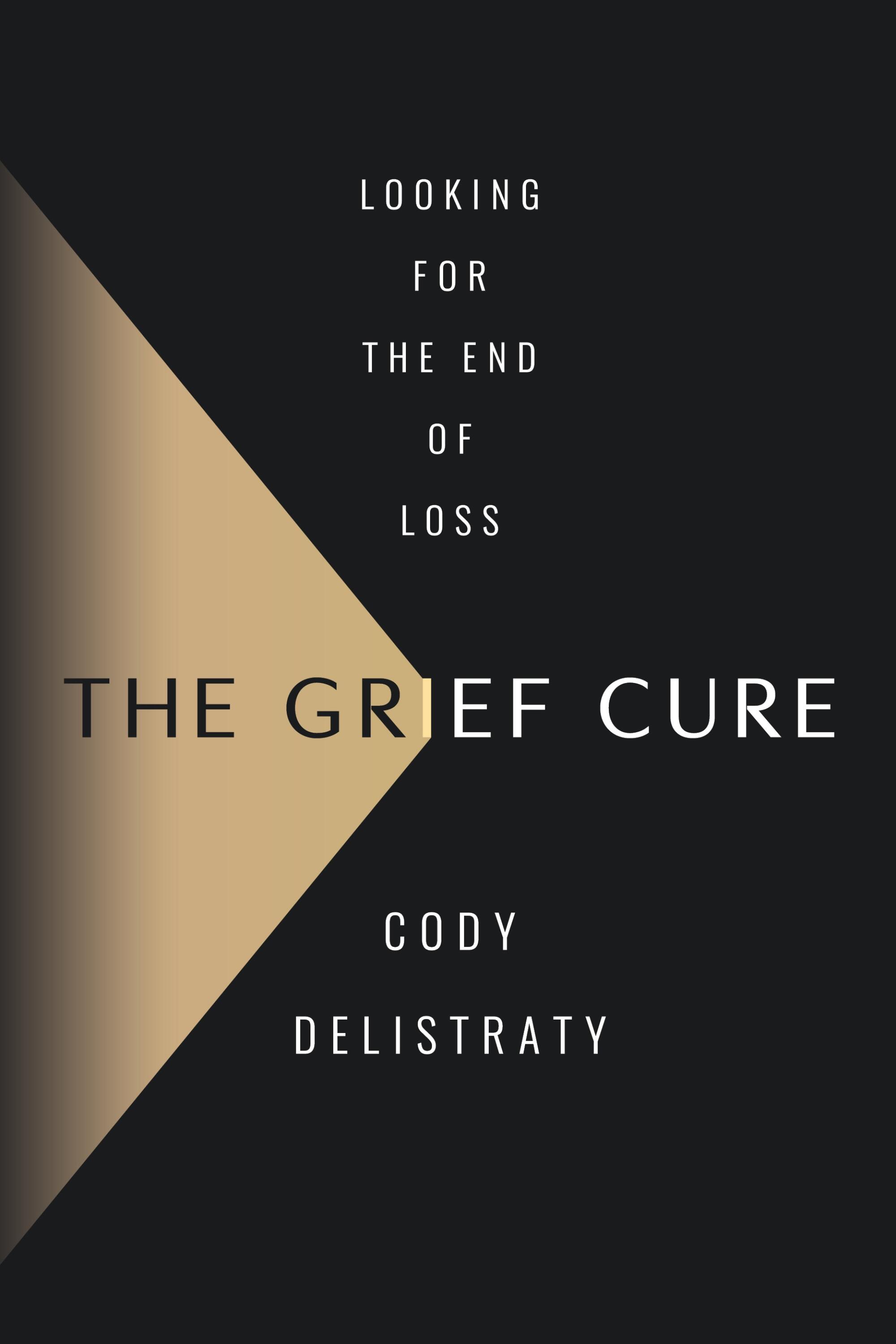
(Courtesy of Harper Collins)
The term ambiguous loss was coined by Pauline Boss in the University of Minnesota, who worked with the families of soldiers missing in Vietnam. Boss defined it as “a relational disorder caused by a lack of facts surrounding the loss of a loved one,” but today it encompasses a wide variety of losses.
Climate pain is great and very modern. There was a european study which found that a third of respondents are extremely concerned about climate change. That's a great example of ambiguous pain because there are disappearing species and landscapes, there's an increase in climate refugees, but you can't really point to a body in a coffin and say this is what I'm suffering.
Relationships are another great example. In the book, I went to breakup boot camp to explore the loss of a loved one outside of death. Friend breakups can be devastating. I really object to the idea of hierarchies and pain. There is no fundamental classification within grief and it is subjective to the relationship you had with that person or thing.
His experiences have placed him at the forefront of research on grief. What do you think about the future of grief treatments?
When I was writing the AI [artificial intelligence] The technological recreation of deceased loved ones chapter was super cutting edge and wild. Then of course it all hit the news cycle pretty heavily with Chat-GPT. Optogenetics for memory erase It could be something we face in another decade or two. There will be medical technologies with which we can alleviate much of the pain and burden of loss. My book questions whether that is really best. We should think about this now, before the time comes.
CONCLUSIONS
from “The Cure for Grief”
Psilocybin is a major scientific breakthrough for grief. I spoke with one of the most renowned psilocybin researchers, Robin Carhart-Harriswho told me about this boy, Kirk Rutter, whose mother had died, had been in this terrible car accident and then went through a romantic breakup, all in the span of about a year. The Carhart-Harris team gave her just two synthesized psilocybin pills, played her with an eye mask and calm music, and she had this incredible change of perspective. He went through her mother's memories and realized that he didn't have to keep the most painful parts of her, but he could still hold on to her and respect her memory. This treatment made him see grief in a different way.
What is the best advice for someone who is really stuck in their grief?
There is no right way to do it, but don't rush it. As horrible as this time is, there is a lot to learn by really looking inward, reflecting on yourself and your feelings, and thinking about the person you have lost. I hustled after my mother died, trying to get over the grief, and here I am, a decade later, writing a book about it. These things really take time.
I also recommend telling your people what you need from them. The vast majority of people want to talk about these things, they want to be helpful, but especially in the United States, we are very bad at knowing what that is like. To the extent you can, communicate your needs. I think you'd be surprised how much people will be there for you.
Should someone grieving seek closure?
I think closure is a mythical idea. Nancy Berns, a professor at Drake University, has done many good job about closure and how it is a social construction. Too often we skip the struggle and reflection on the pain to get to this mythical place of closure when in reality the true value is being able to hold that loss in one part of life while also maintaining a part that looks toward the future. . in other.
We see this push for closure reified throughout American culture. One of the biggest surprises for me was bereavement leave, where the median is only five days according to a study 2024, and this only applies to the death of a close family member. There is no united states federal law requiring license. This reinforces the idea that closure is part and parcel of productivity, of getting back to normal, of getting back to work.
Our rituals around grief are unique. We go to a funeral and that's it. You get support for an hour and then it's over. We would do well to really reflect on more personal and creative rituals that have more intimate meaning and can continue over a longer period. This change would help people understand the timelines around grief. Everything takes much longer than we think. You miss out on a lot when you rush to check the closure box, and frankly, when you do, you're not really grieving at all.
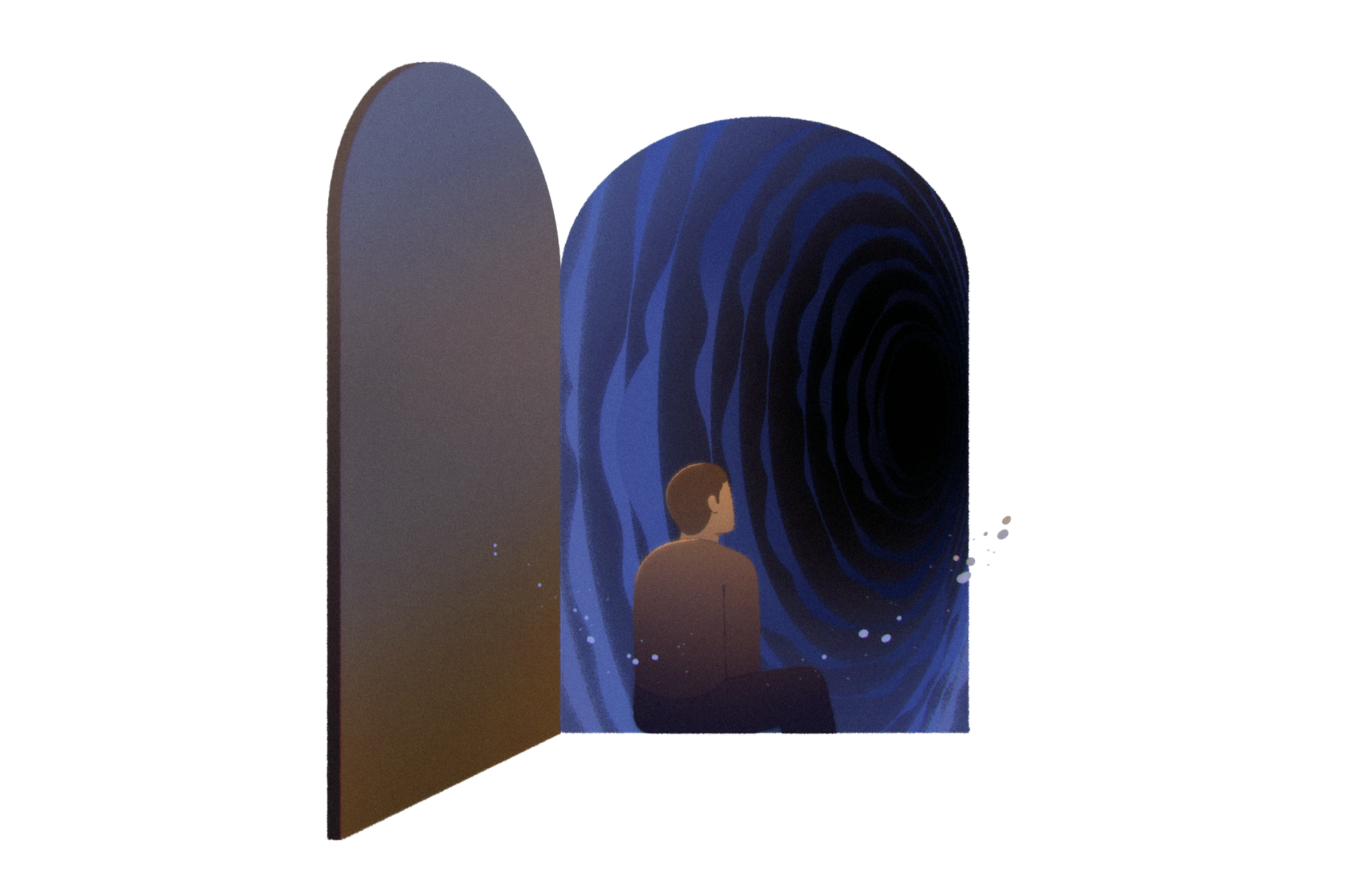
(Maggie Chiang / For The Times)
Endicott is a multidisciplinary writer and artist living in Denver. His work has appeared in several publications, including the New York Times, Scientific American, The Guardian, she, Electric Lit Magazine and Bomb. You can find it in Instagram @strangebirds.
Shelf Help is a new wellness column where we interview researchers, thinkers and writers about their latest books, all with the goal of learning how to live a fuller life. Do you want to introduce us? Email [email protected].

